Hamstring Injury with the Sports Therapy Association
Hamstring Strain – Causes, Clinical Reasoning and Treatments
Hamstring injuries are one of the most common sporting injuries. Perhaps because they often occur whilst running/sprinting, jumping or lunging – actions that are performed by most athletes in most sports.
We have worked with The Sports Therapy Association to bring you this guide with handy insights on hamstring injuries that cover the following areas:
· What Are the Hamstring Muscles?
· What Is a Hamstring Strain?
· Causes and Risk Factors for Hamstring Strain
· Clinical Reasoning for Hamstring Strain
· Treatment Examples for Hamstring Strain
It is worth noting that the below is for guidance, if you have an injury or niggle, you should always see a medical professional for testing and treatment.
What Are the Hamstring Muscles?
The hamstrings are a group of three muscles that run up the back of your thigh and include:
· BicepsFemoris Muscle
· Semitendinosus Muscle
· Semimembranosus Muscle
Their job is to help bend your knees and extend your hips and you are most likely to engage these muscles when exercising or taking part in sports.
What Is a Hamstring Strain?
Essentially, a hamstring strain is where one or more of the above muscles has been strained beyond its capacity, resulting in an overload to the muscle and disturbance to the fibres which then causes a tear, more commonly known as a strain.
Hamstring muscle strains are commonly categorised into three grades of severity:
· grade 1 – which is a mild pull or strain to the muscle
· grade 2 – where there is a partial tear to the muscle
· grade 3 – where there is a complete tear in the muscle
Some medical bodies advise that there should be 4 grades of Hamstring strain ranging from mild to complete strain with suffix of A, B or C to indicate where the strain is located.
The majority of strains will happen at the thickest part of the muscle or the point at which the muscle attaches to the tendon.
Individuals can experience mild hamstring strains to severe hamstring injuries. Signs and symptoms of a hamstring strain or pulled hamstring can include, but are not limited to: sudden sharp pain in the back of your thigh, swelling, bruising, weakness in the muscle, difficulty walking and you could even experience a ‘snapping’ or ‘popping’ sensation.

Causes and Risk Factors for Hamstring Strain
Overloading one or more of the hamstring muscles is often the main cause of hamstring strain. As mentioned above, this then causes fibres in the muscles to tear.
There can be many risk factors leading to hamstring strains including, among others, weakness or fatigue in the muscles, tightness in the muscles, failing to warm up appropriately, sudden increases in speed or direction while moving and a previous hamstring injury or strain.
Once you have a hamstring strain you are susceptible to the injury recurring. Indeed a study by Brukner et al found that the rate of recurrence could be as much as 63%.
The same article states that athletes are most likely to re-injure themselves in the first four weeks once they return to play and that the re-injury can often result in more time off for recovery than the original injury.

Clinical Reasoning for Hamstring Strain
There are several ways that medical professionals like physiotherapists or sports therapists can do to determine if a patient has a hamstring strain which can include:
· Observations:
This involves looking at the injury and assessing if there are visible signs of a hamstring strain such as tenderness, heat, slight to significant bruising or hollowing at the place of injury.
· Passive, Active & Resisted Muscle Testing:
This could involve several tests such as palpitating the thigh to determine the injured area, altered gait to detect difficulty in running or walking or flexion and extension muscle testing with resistance.
· Imaging:
Patients can be referred for medical imaging such as an MRI or ultrasound which could be useful in determining which grade of sprain the athlete has received.
As mentioned at the beginning of this guide, if you have or suspect that you have a hamstring strain, we strongly advise you seek medical help and don’t try to diagnose or treat yourself.
Treatment Examples for Hamstring Strain
Treatment for a hamstring strain may depend on the grade of injury the patient has received. Below are some examples of treatments that could be applied. For the purpose of this guide, we will be looking at non-surgical treatments.
R.I.C.E
This stands for Rest, Ice, Compression and Elevation. While there are differing opinions on the RICE method, it is one way of treating injuries like hamstring strain particularly when applied in the early days of the sprain.
The Physique Reusable Hot Cold Pack with Sleeve would work well for both the ice and compression components of the RICE method as the pack can be cooled to apply cold therapy while the repositionable straps on the sleeve can be used to provide compression. Pain medicine can be used to help provide temporary pain relief, but it's not recommended for long-term use.
It is also worth looking at the POLICE Principle.

Exercise
An exercise regime can be established that is aimed at restoring the full Range of Motion (ROM) to the injured leg. Progressive overloading exercises could help improve ROM by focusing on lengthening the hamstring while gradually increasing the tension over the course of rehabilitation.
Depending on the exercises prescribed, this could be achieved with the aid of Dumbbells, Kettlebells or Wrist and Ankle Weights to add a level of resistance or force.
Physical Therapy Treatments
Soft tissue or deep tissue massages are a good way to improve flexibility and soften scar tissue in strained hamstrings. Although it is advised to wait until the patient has moved on from the initial/acute stage of the injury.
There is a large range available in massage mediums that can aid in massage or soft tissue treatments including oils, lotions, waxes and cremes depending on the treatment you are giving and the needs of your patients.
You might also want to consider using massage tools to help you give an effective treatment and take some of the strain from your hands.

Stretching
While this may sound contradictory, under medical guidance, stretching exercises such as hamstring curls, wall stretches, or lying hamstring stretches could help with restoring the range of motion by improving scar extensibility.
Resistance Bands would be a useful tool to add to stretching exercises. They come in different lengths and strengths to suit your client’s needs or fitness level. It also allows you to increase resistance levels by moving your clients up a strength as their rehabilitation progresses.

Sources and References
Hamstring Strain resource produced by The Sports Therapy Association. One of several resources available to STA members on the STA Member Portal.
Brukner P, Nealon A, Morgan C, Burgess D, Dunn A. Recurrent Hamstring Muscle Injury: Applying The Limited Evidence In The Professional Football Setting With A Seven-Point Programme. British Journal of Sports Medicine 2014. Available at [https://bjsm.bmj.com/content/48/11/929]


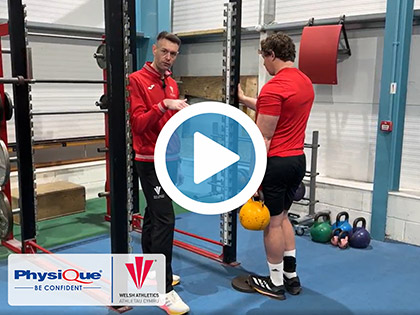
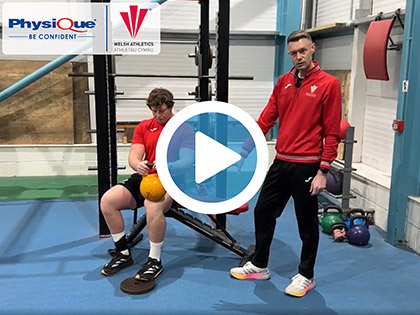

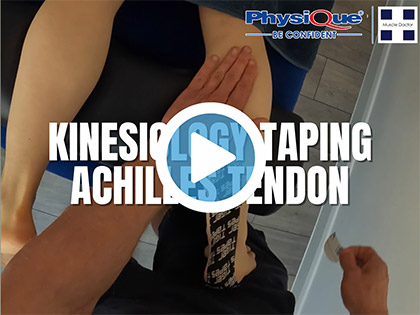
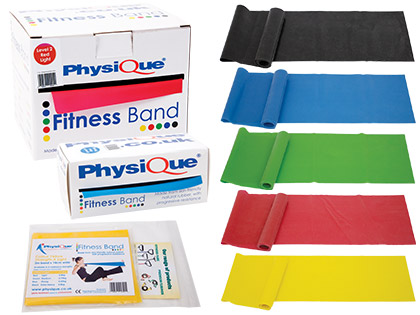



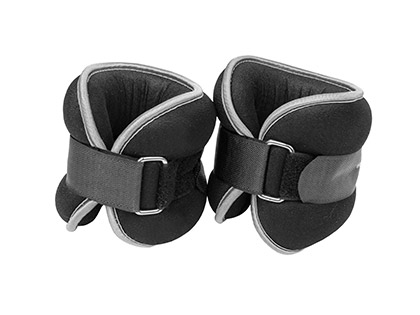
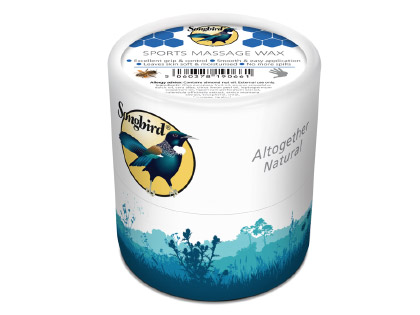
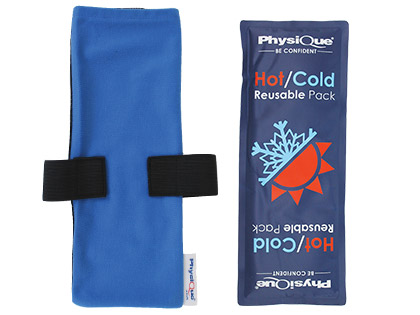
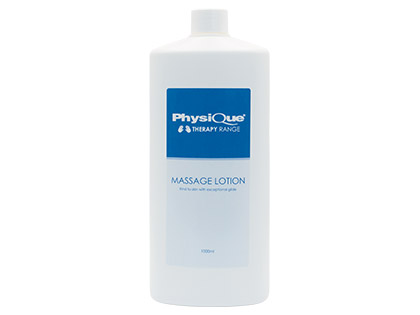





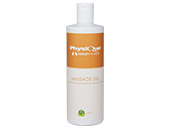

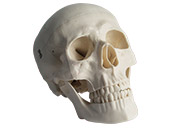
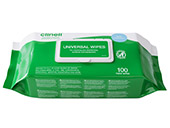
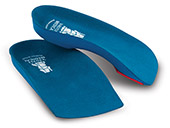

Did you find this article useful?
Why not share this with a colleague, patient or friend?